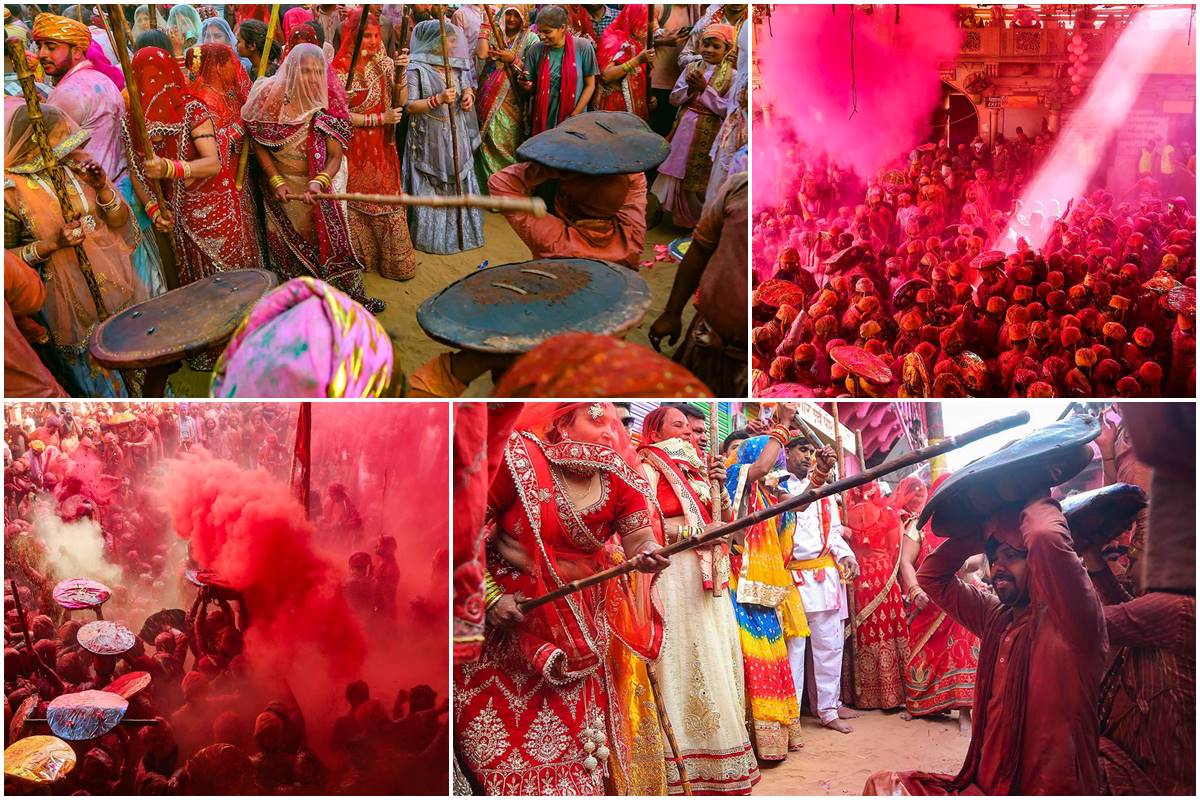THE country?s population of indigenous cattle has fallen by 8.94 per cent whereas the population of the exotic or crossbred cattle has gone up by 20.18 per cent, according to data released by the 19th Livestock Census, 2012.
Sanjeev Kumar Balyan, Minister of State of Agriculture and Food Processing Industries, who was present when the numbers were released on Wednesday, told The Indian Express that the government was working towards promoting the indigenous variety ? the desi cow or the ?venerated? gau mata. In July, the Centre announced the ?Rashtriya Gokul Mission? to ?conserve and develop indigenous breeds in a focused and scientific manner? and set aside Rs 150 crore for the current financial year.
?The policy all these years has been to promote cross-bred cattle to increase milk production. That brought down the population of indigenous cows. But now, our government has invited proposals from states on increasing the yield of indigenous cattle. It?s a long process. Pure, indigenous cattle must be saved,? said Baliyan, who holds a PhD from Haryana Agricultural University in Hisar.
A closer look at the numbers tells the real story: of farm mechanisation, milch cows and a sex ratio that?s heavily tilted in favour of the female of the species.
The total cattle population has seen a drop of 4.10 per cent over the 2007 Census, from 199.075 billion to 190.90 billion. While the population of exotic cows has gone up from 33 billion to 39.73 billion, the number of males or bulls in this category has fallen by 12.75 per cent while the gritty females have gone up by 28.75 per cent. The desi cows too show a similar gender imbalance. While both the males and females show a drop in numbers, the dip is sharper among the desi bulls (down 19.32 per cent), compared to a dip of 0.01 per cent for the females.
It?s easy to see why, said Ashok Gulati, agricultural economist and former chairman of the Commission for Costs and Prices. ?The bulls were primarily used for ploughing and haulage of goods. Over time, farm mechanisation meant that tractors replaced animal energy. So while the females are valued for their milk, the bulls are now unwanted. It?s a reverse bias when you compare them to the human sex ratio,? he said.
The Livestock Census, conducted every five years since 1919, does a headcount of the total livestock population in the country ? buffaloes, sheep, goats, pigs, horses and ponies, mules, donkeys, camels, mithun and yak. The last Census was held in 2012 and the results, released today, put the total livestock population at 512.05 million, a fall of 3.33 per cent over the previous Census.
Sheep (down by 9.07 per cent), goats (down 3.82 per cent), pigs (down 7.54 per cent) and donkeys (down 27.22 per cent) have all shown a dip in numbers. The happy report cards go to horses and ponies (up 0.62 per cent), mules (up 43.34 per cent) and poultry (up 12.39 per cent).

















